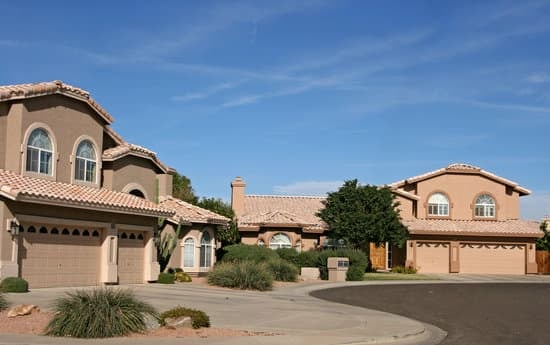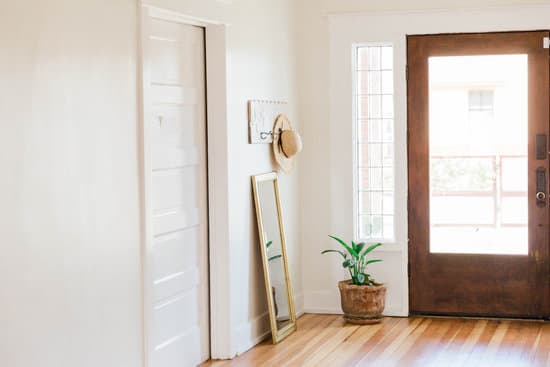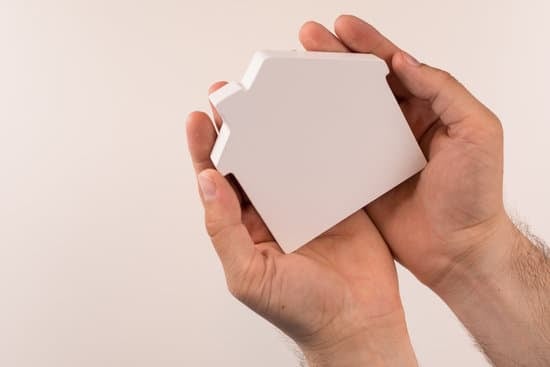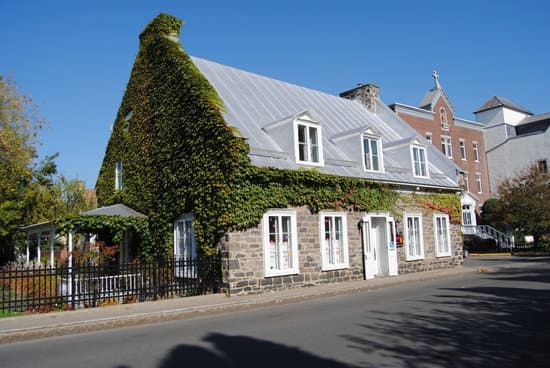- Condensation – When the temperature is low outside and high inside the home, moisture can form on the logs. This issue can be solved by providing proper ventilation and insulation.
- Roof leaks – A damaged or poorly installed roof can lead to water penetration, causing leaks in the log home’s ceiling and walls. Regular maintenance of the roof is necessary to avoid this issue.
- Gaps in the logs – As logs shrink and swell due to weather fluctuations, gaps between them can occur. These gaps allow water to enter the home. However, caulking seals in-between the logs, and weather-stripping seal the doors and windows can prevent water intrusion.
- Improperly placed gutters and drains – Water can penetrate a home’s foundation if gutters and drains are inadequately placed. Make sure to clean gutters frequently and ensure that downspouts channel water away from the home’s foundation.
Do Log Homes Leak? Understanding, Preventing, and Addressing Leaks in Log Homes
Causes of leaks in log homes
Log homes are a beautiful and unique style of home that has a certain charm and appeal to many homeowners. However, one issue that log homes are susceptible to is leaks. Leaks in log homes can be caused by a variety of factors including:- Poor Design: A poorly designed log home may have details like roof slopes, gutters, or overhangs installed incorrectly, causing water runoff to leak inside the cabin.
- Foundation Issues: If the foundation is not correctly set or the soil density is not correct, water can seep in through the basement, causing great damage.
- Lack of Maintenance: Regular log home maintenance is important for preventing leaks. If the home’s caulking, staining, or chinking is damaged or missing, it can allow water to seep into the logs.
- Harsh weather conditions: Weather such as wind-driven rain, freezing and thawing cycles, and heavy snow loads, can accelerate wood degradation in log homes, causing leaks.
Understanding the vulnerabilities of log homes
Log homes are beautiful, but they are also complex structures that require a lot of attention, just like any other type of home. Proper construction and maintenance are critical in preventing leakages. The vulnerabilities of a log home to leaks are due to several factors, including the:- Material: Wood naturally expands and contracts in response to changes in temperature and moisture, which makes it more susceptible to water damage than other building materials.
- Size: The size of a log home can be a contributing factor in water damage. The larger the structure, the larger the roof and gutter systems, and the more water runoff that must be dealt with.
- Age: Log homes become more vulnerable to leakages as they age. Logs can rot, and weather changes can weaken the structural integrity of the home.
Weatherproofing your log home
To combat the vulnerabilities of log homes to leaks, a good weather-resistant building envelope must be in place. Proper weatherproofing of your log home can be achieved by:- Sealing: Proper sealing is necessary to keep the water out of your log home. Caulking, chinking, and a high-quality weather stain are all essential elements of a proper sealing strategy.
- Gutters and Downspouts: One of the most critical elements of weatherproofing your log home is the installation of gutters and downspouts. They catch the water running off the roof and divert it away from the foundation of the home.
- Roof: The roof is the area of the house most vulnerable to water damage, and it is essential to have it inspected regularly. Ensuring proper ventilation in the attic will help prevent moisture accumulation and mold growth.
Regular log home maintenance
Maintaining a log home is essential for its longevity. Proper maintenance can help prevent leaks and many other issues that can damage your beautiful log home. Regular log home maintenance includes:- Cleaning: Cleaning and sweeping the roof, gutters, and downspouts regularly can remove debris that could affect their performance
- Checking: Checking for cracks, decay, and gaps in caulking, chinking, roofs, and exposed logs and taking care of the issues immediately is critical for preventing leaks.
- Staining: Regular staining of the logs is an essential step for maintaining your home’s longevity.
Signs of leaks and how to identify them
Small leaks can lead to significant water damage if not identified and addressed in a timely manner. Some common ways to identify if you have a leak in your log home include:- Musty or Moldy Odor: a damp smell in the house can indicate that there is a leak.
- Discolored Wood: Yellow or brown spots that may appear on the ceiling or walls are indications of water stains and leaking.
- Exterior damages: Inspection of the roof, gutters, downspouts, and logs can help identify leaks or gaps that require attention.
Addressing leaks in your log home
If you find any signs of leaks, identifying the source of the leak is critical. Once identified, the issue must be addressed immediately before it causes significant damage to your home. If you are not confident in fixing a leak, call an expert to ensure its proper handling. Only with proper handling, including step-by-step diagnosis, can you guarantee repairs that last.Steps to prevent log home leaks during construction
Prevention is the best medicine when it comes to leaks in log homes. During construction, homeowners can take several steps to prevent future leaks, including:- Correct Foundation: Ensure your home has the right foundation for your log home.
- Proper Site Grading: Slope the property away from the house to keep rainwater from leaking into the foundation.
- Proper sealing: Choose the best moisture-resistant materials during construction, use proper sealing techniques, and diligently inspect and maintain workmanship.






















